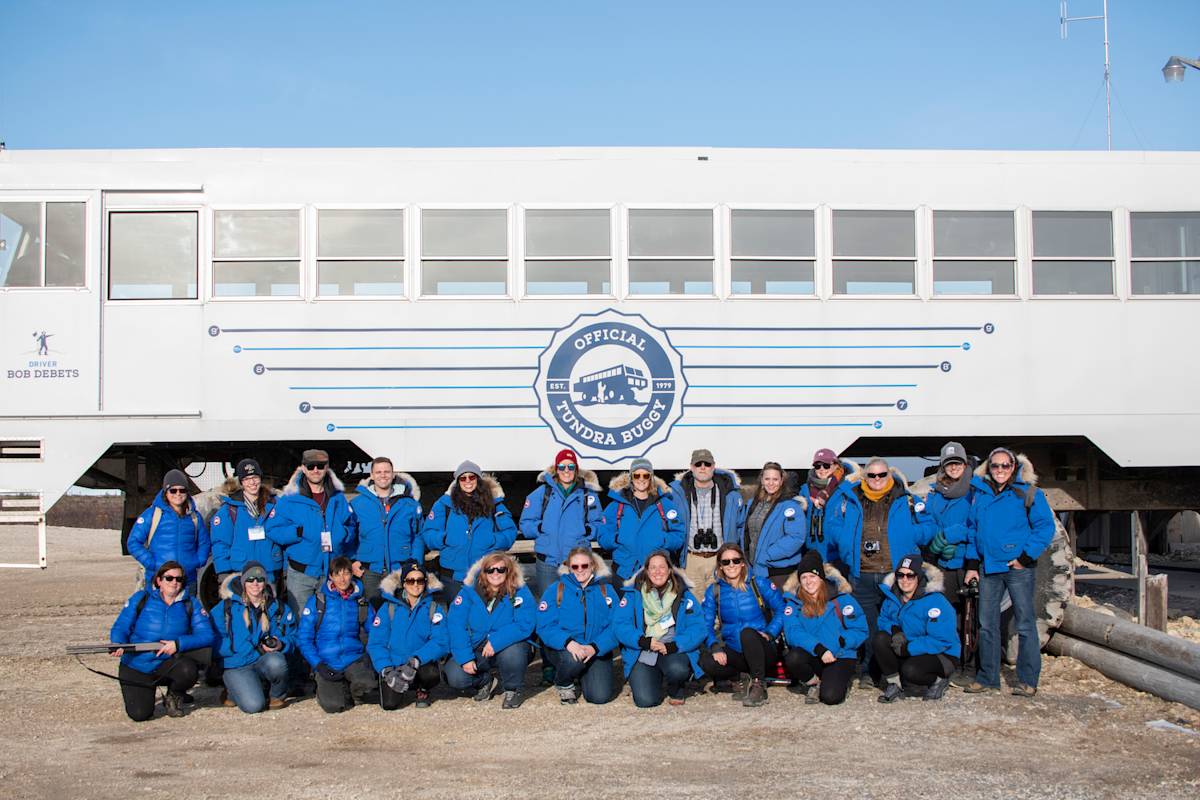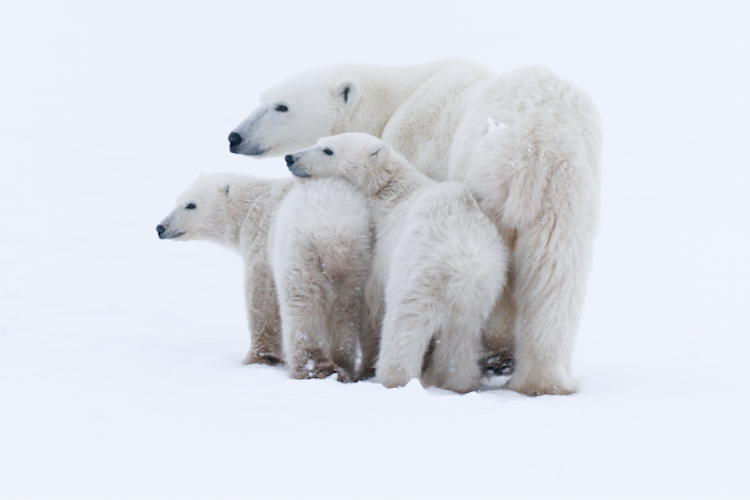In 2009, Polar Bears International created the Climate Alliance Program to help our zoo and aquarium partners communicate effectively about climate change and work within their communities to inspire real-world solutions.
After a two-year hiatus due to the pandemic, we relaunched the program this year, extending invitations to keepers and animal care staff from 16 zoos and aquariums in the U.S., Canada, and Europe.
We chatted with Marissa Krouse, our director of conservation programs, about the history of the program, the social science behind it, and the impact it has had over the years.
Q: The class of 2022 recently completed eight months of online learning and action planning and will soon be headed to Churchill, Manitoba, Canada, to meet each other in person and see polar bears in the wild. Why is the course designed this way?
Zoo staff members are busy people, and our online modules allow them to work at their own pace. The materials provide them with an in-depth understanding of polar bears, sea ice, and climate change—including how to talk about what they’ve learned with the public, based on tested language and metaphors.
We get great feedback on the messaging. It explains climate science in a clear, inclusive way that provides hope and engages visitors in solutions—which is no small accomplishment in today’s polarized world!
Participants cap off what they’ve learned with a trip to the tundra to see wild polar bears and experience the ecosystem first-hand. During their time in Churchill, they form bonds with each other, meet scientists and Indigenous community members, and learn about efforts to coexist with the bears. The chance to see polar bears in their natural habitat has a huge impact on everyone involved—giving them stories to share that resonate with the public in a deeply personal way.




















